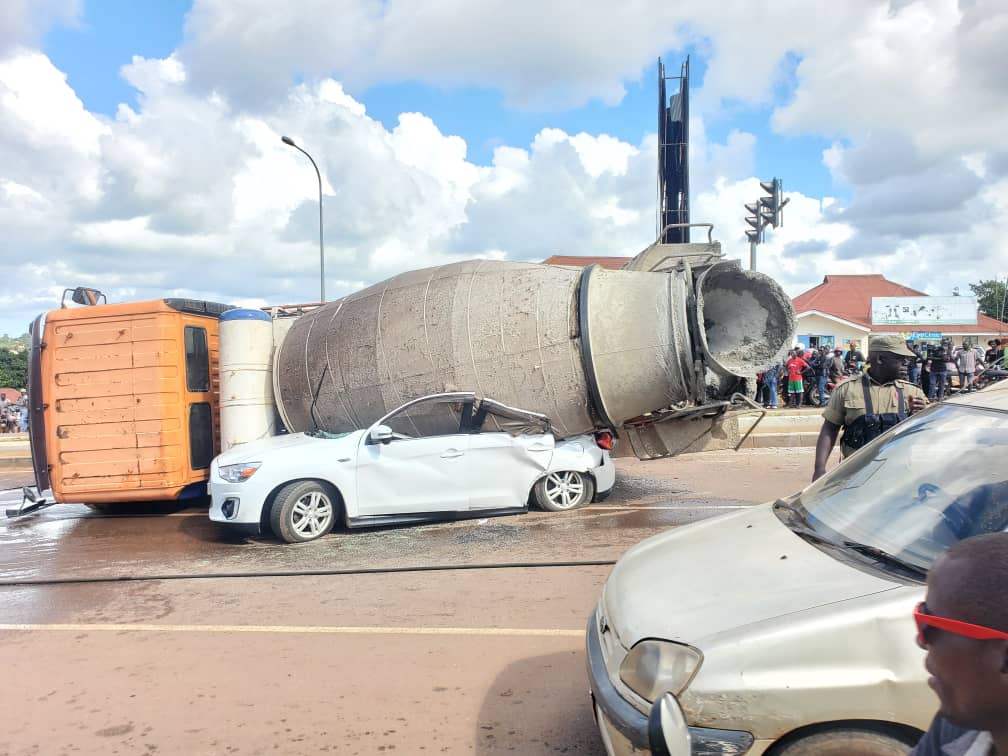Floods: Plan human settlements

Floods in Uganda recently. PHOTO/FILE
The beginning of August marked the return of heavy rains in many parts of Uganda, according to Uganda National Meteorological Authority. According to weather forecasts, we should brace ourselves for heavy rain. No doubt there will be floods with some places getting submerged. The first major concern will be the people exposed to the risk of flood, flood-related disasters and loss of livelihoods.
Many people are increasingly settling in the low-lying areas of towns which are prone to flooding. We are already seeing signs that floods will affect many areas.
The pending floods call for disaster and urban authorities to prepare well. We have to be be resilient and have the capacity to control floods. The preparedness will be tested to the limit thanks to varying climatic conditions. The location of many urban areas in low lying areas have worsened flooding in those places. Even a few hours of rain exposes the vulnerability of residents.
Water from the high rise lands around these centres only has one way to flow - from upstream to downstream. Infiltration galleries and water seepage ways have been built with concrete and wetlands where waste waters are expected to flow to are being destroyed by construction and other human activities.
Soon, there will not be a place for industries to dispose their effluents. Raw waste water finds its way onto roads and in narrow spaces in the back streets. In many instances, waste water discharges into open sewers and water sources and creates favourable conditions for water-related illnesses.
The other concern in all of these flood-prone conditions is the serviceability status of drainage systems. Drainage systems are supposed to alleviate flooding. But poorly planned and badly constructed drainage channels do not serve this purpose.
They get clogged and are seldom unblocked. We must do an appraisal of the drainage system to ensure that current drainage systems are able to handle floods. Otherwise, the flood control measures in place may not be able to drain storm water. The current drainage system were designed to only take so much water. Therefore, you expect that the increasing volumes running water town will overwhelm these facilities.
We can manage flooding, especially of towns, by building storm water reservoirs to store storm water. This way, we can regulate storm water and ensure that there is no flooding. Not only will the reservoirs control flood waters, but they will also separate rain water from waste water.
Ultimately, this will minimise water contamination.
Properly designed flood control reservoirs will also add beauty to the urban centre as well as contribute to roads longevity.
Simon J. Mone,
[email protected]




